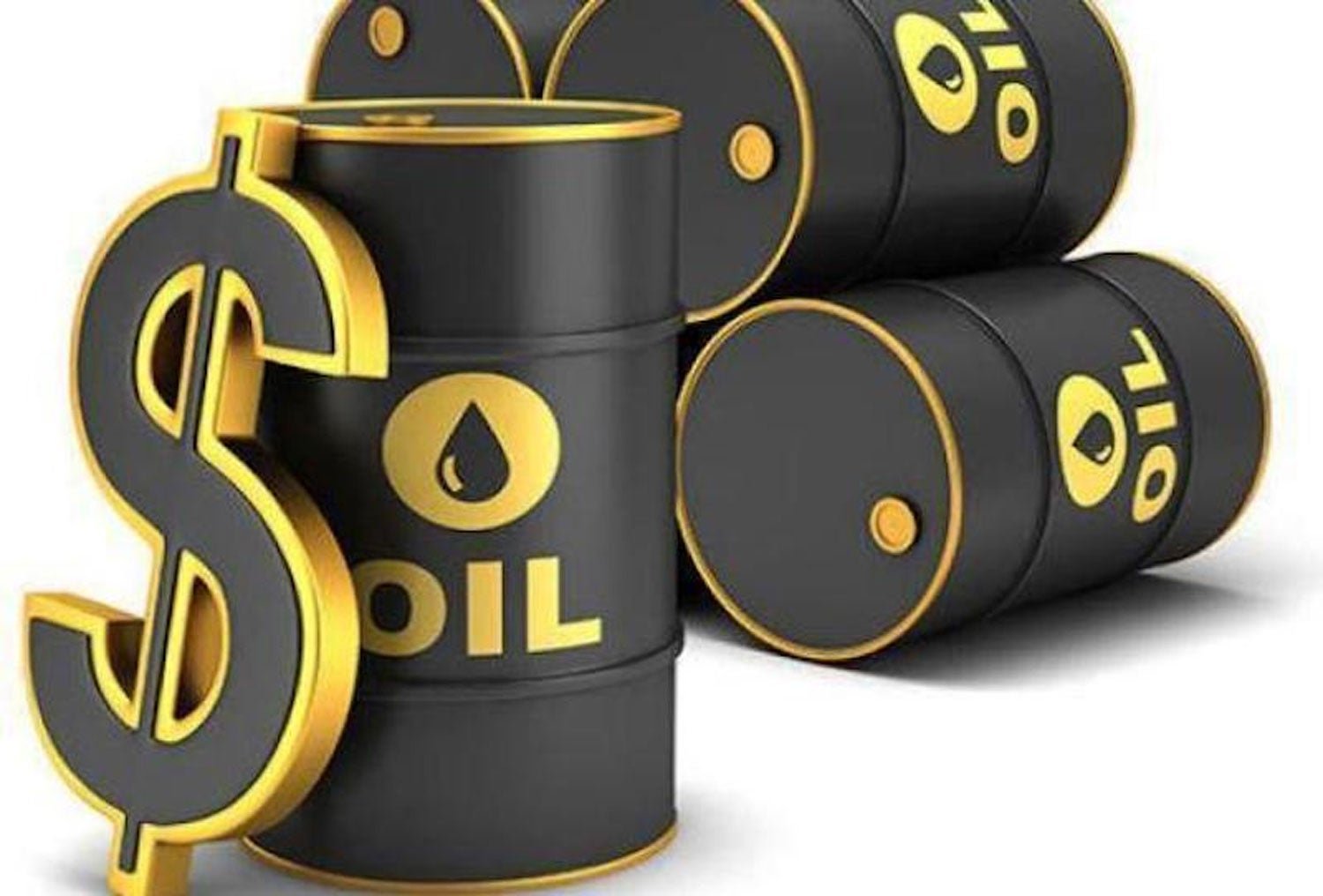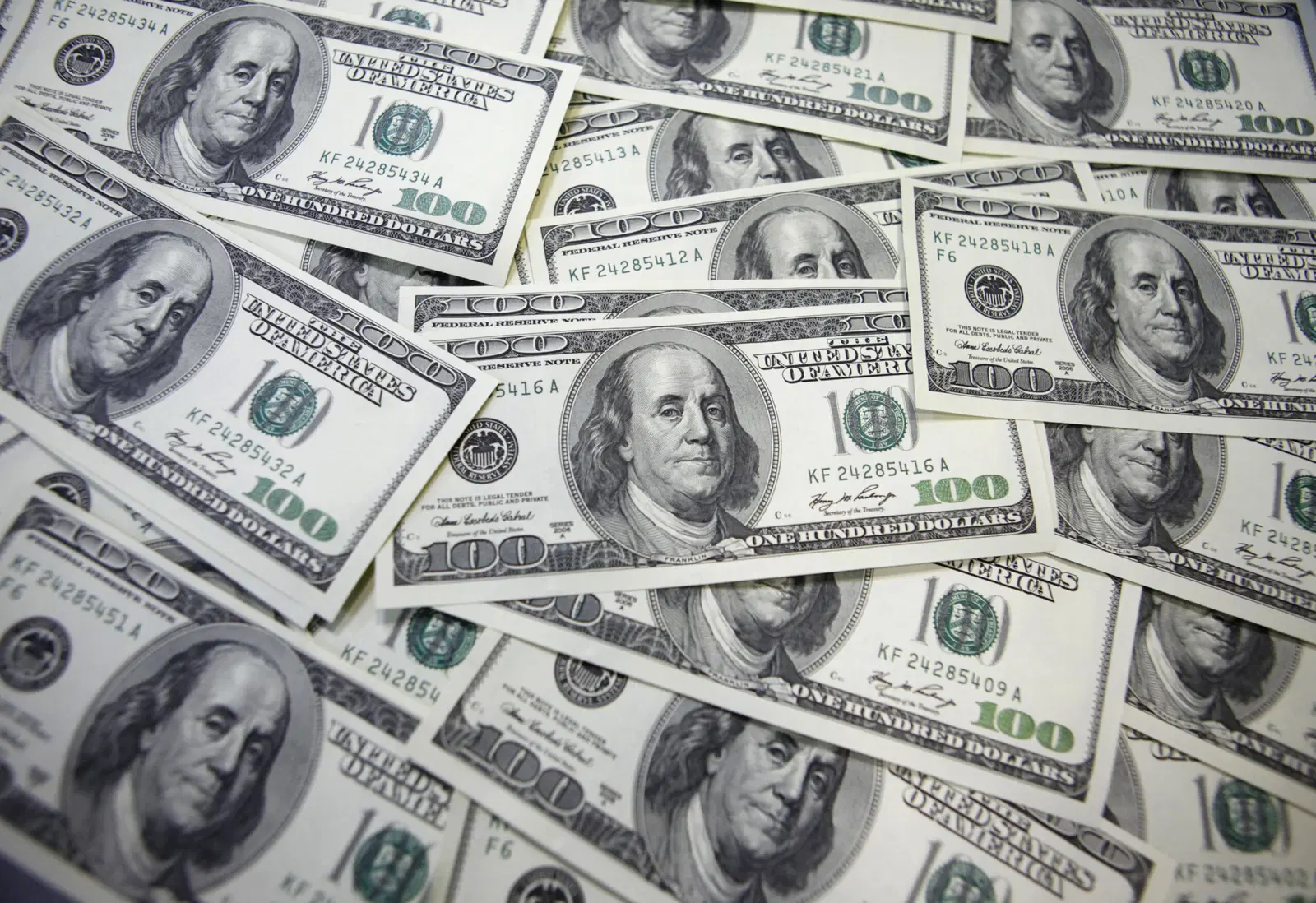By Eyo Nsima
The International Energy Agency, IEA has predicted that oil market recovery will become more visible in the second half of 2021.
In its latest report obtained by The Daily, www.thedaily-ng.com, IEA stated: “Global oil demand is expected to recover by 5.5 mb/d to 96.6 mb/d in 2021, following an unprecedented collapse of 8.8 mb/d in 2020. For now, a resurgence in Covid-19 cases is slowing the rebound, but a widespread vaccination effort and an acceleration in economic activity is expected to spur stronger growth in the second half of the year.
“After falling by a record 6.6 mb/d in 2020, world oil supply is set to rise by over 1 mb/d this year, with OPEC+ adding more than those outside the bloc. There may be scope for higher growth given our expectations for further improvement in demand in 2H21. After holding flat at 92.8 mb/d in December, global supply is rising this month with OPEC+ due to ramp up during January.
“Global refinery throughput is expected to rebound by 4.5 mb/d in 2021, after a 7.3 mb/d drop in 2020. Runs rose by 2.6 mb/d in November, the largest monthly gain in seven years, as refiners returned from peak maintenance. A cold snap in Europe and Asia boosted diesel and kerosene, but higher crude oil prices led fuel oil cracks lower, with an overall negative impact on refinery margins.”
According to the IEA, “Observed global oil stocks fell by 2.58 mb/d in 4Q20 after preliminary data showed hefty drawdowns towards year-end. In November, OECD industry stocks fell for a fourth consecutive month. A monthly decline of 23.6 mb (0.79 mb/d) left inventories at 3 108 mb, 166.7 mb above their five-year average. Products led the fall, with OECD industry crude stocks only 48.9 mb below a May-peak.”
It also added: “Oil’s rally accelerated, with Brent reaching $57/bbl on 12 January, a level not seen since February 2020. Despite rising Covid cases, crude prices are well supported by financial, economic, and market fundamentals. Crude prices flipped into backwardation in December, and the 12 month time spread deepened to $2.50/bbl by mid-January. Freight rates fell after OPEC+ agreed to cuts on 5 January.”



 Subscribe to our Newsletter
Subscribe to our Newsletter




